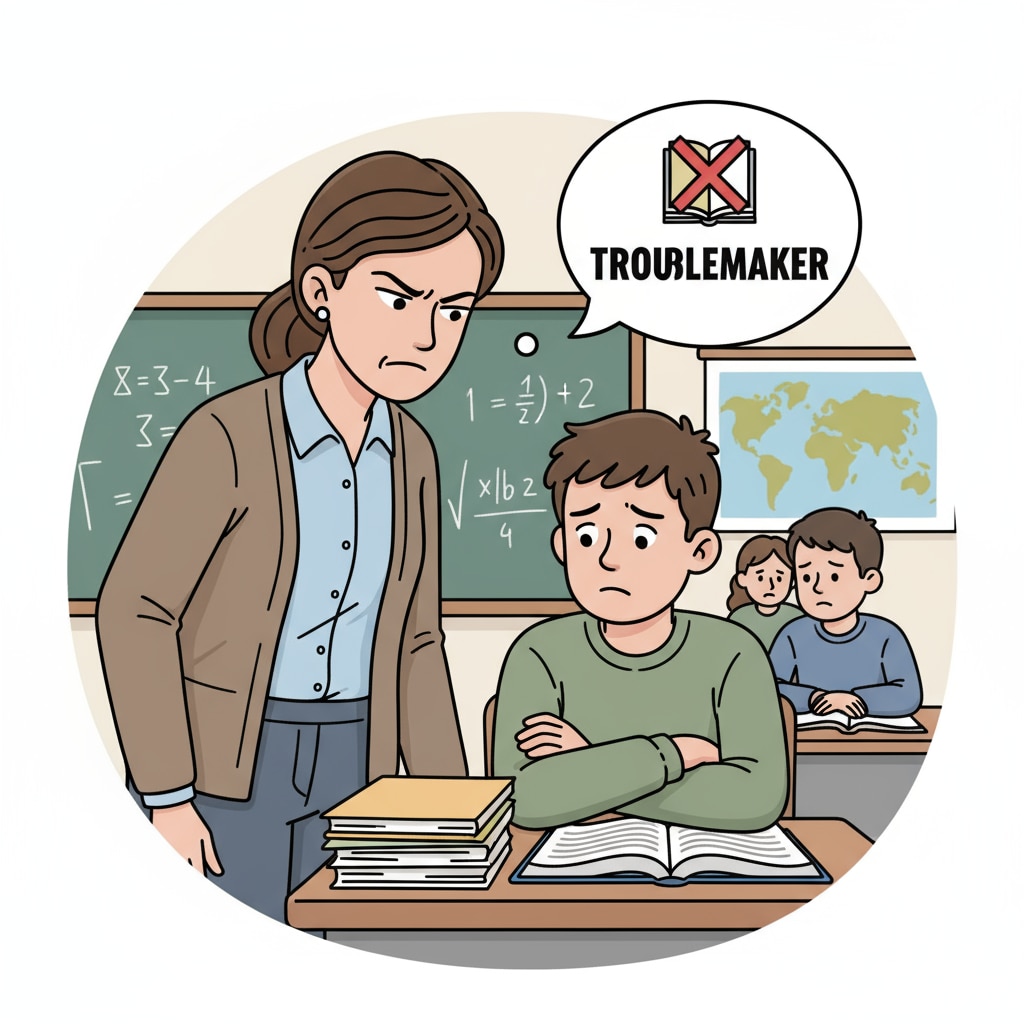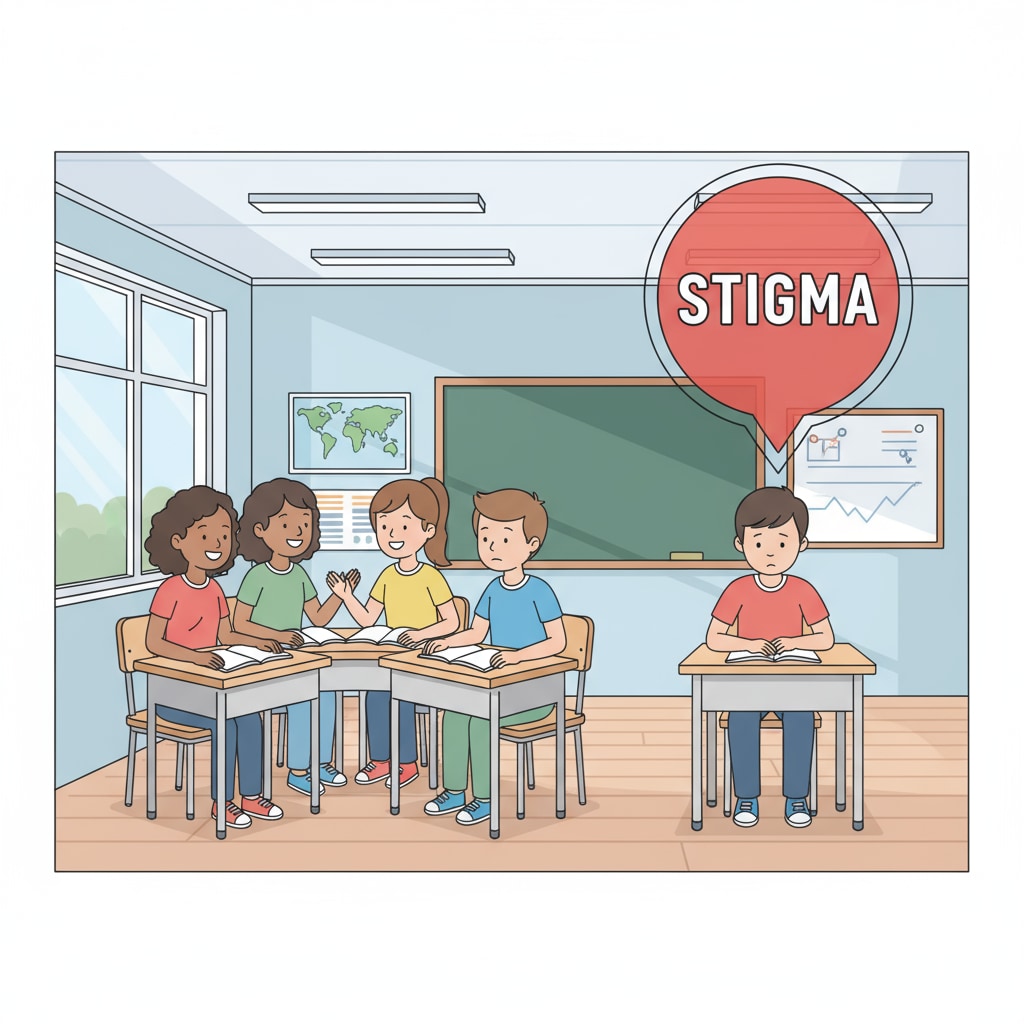School injustice, teacher bias, and student stigmatization are issues that have long plagued the education system, particularly in K12 settings. These problems can have a lasting and detrimental impact on students’ development.

Teachers, who are supposed to be the guiding lights in students’ educational journeys, sometimes inadvertently or even deliberately attach unfair labels to students, which can scar them for life.
The Origins of Unfair Labels
Often, the seeds of “problem student” labels are sown in the early days of a student’s school life. Teachers may form initial impressions based on a student’s appearance, background, or a single incident. For example, a child who comes from a disadvantaged family might be seen as less capable, or a student who has a momentary outburst in class could be branded as a troublemaker. According to APA’s research on teacher bias, these snap judgments can be the start of a long – lasting stigma.

The Process of Label固化
Once a label is attached, it has a tendency to solidify over time. Teachers may unconsciously treat students differently based on these labels. They might give less attention to a “problem student,” or be more critical of their work. This differential treatment further affects the student’s self – esteem and motivation. As a result, the student may start to act in ways that confirm the label, creating a self – fulfilling prophecy. As stated in Edutopia’s article on teacher expectations, this cycle can be extremely difficult to break.
The long – term consequences of these unfair labels are far – reaching. Students may experience a decline in academic performance, as their confidence is eroded. They may also develop behavioral problems or mental health issues, such as anxiety and depression. In addition, these labels can limit a student’s future opportunities, as they may be less likely to pursue higher education or certain career paths.
Readability guidance: In this article, we have seen how school injustice, teacher bias, and student stigmatization start from initial impressions and develop into long – lasting problems. By understanding these issues, educators can take steps to avoid such harmful labeling and create a more inclusive and positive learning environment for all students.


